Novice artists often set off on their journey aiming for originality. One of the most stinging insults a writer can hear is that their work is trite. Even worse is the accusation of plagiarism. The fear of these artistic sins leads budding authors to chase the phantom of novelty. However, the desperate pursuit of originality can hinder or delay the growth of the artist by years. Oftentimes, they end up shuttering themselves away from the works of luminaries in their chosen genre. Refusing to read the work of others is dangerous because what the author believes to be “original thought” may simply be a slightly different version of what came before. What inexperienced writers don’t realize is that pride blinds them to the fact that all the greats before them borrowed something from someone before them, but they did it so skillfully that this elevated work of art became recognized for its particular brand of genius.
To truly grow as a writer, it requires that you read the work of others and actively hunt for new techniques. Consider that Hemingway was influenced by Stephen Crane, and Picasso had a base in realism before he borrowed ideas from African artists and developed the style he became famous for “inventing.” Emulating others allows you, the artist, to understand on a deeper level what works and what doesn’t. Writer/director Jim Jarmusch said it best:
“Nothing is original. Steal from anywhere that resonates with inspiration or fuels your imagination. Devour old films, new films, music, books, paintings, photographs, poems, dreams, random conversations, architecture, bridges, street signs, trees, clouds, bodies of water, light and shadows. Select only things to steal from that speak directly to your soul. If you do this, your work (and theft) will be authentic. Authenticity is invaluable; originality is non-existent. And don’t bother concealing your thievery — celebrate it if you feel like it. In any case, remember what Jean-Luc Godard said: It’s not where you take things from — it’s where you take them to.”
Emulation, imitation, and plagiarism have three distinct, separate meanings. None of the three share common motivations. The latter is downright criminal, the middle is muddy, but the first is the key to becoming a great writer. While it is possible to commit unintentional plagiarism, this act of theft is usually quite obvious and intentional — a key reason why it’s good to share your work with a trusted committee of peers before publishing. Your peers might catch unintentional plagiarism before you put it out there.
Imitation is that grey area between plagiarism and emulation. The words and phrasing may be different, but the concept or unique insight often remains the same as the original work. To an extent, this is why writing about a wizarding school would be dangerous territory after the Harry Potter series. Of course, the story could be wildly different and yet, that space is so thoroughly monopolized by the universe Rowling created that it would still be hard not to be seen as an imitation.
So what exactly is emulation and why is it perfectly okay while the rest falls into that grey area or worse? Emulation boils down to copying a style — not the content, the particular words, or the plot.
Now that we’ve established what emulation is, the next step is knowing how to emulate. Many authors have specific influences and a unique process. I can’t speak for them, but the following is a particular method I used to improve my writing.
Goodreads is the perfect way to get a feel for an author. Look at the “quotes” section and you can quickly check out the style of writing and browse for inspiration. Ultimately, this process saves you time. Reading an entire book and marking down each sentence of note is a lengthy and roundabout way of achieving the same objective.
For instance, I’ve employed this technique with the surrealist poets after I discovered I had a serious appetite for that genre. Of course, what inspires you is often the same thing you might want to create.
The next thing I do is copy and paste my favorite passages onto a single document and begin to analyze what resonated or moved me about those sections. Was it the concept? Was it the use of language? Could it be more well-written? How so? This diagnostic process works for poetry, but in the end, improving your poetry translates to your prose. After that, I remove the words and the lines that don’t move me and keep only the phrases that do. From there, once I’ve trimmed the fat, I can get an even clearer picture of what exactly makes the piece work.
The end result is a distillation of concepts, but more essential for emulation, I can identify what works about the writer’s particular use of language. From this, I create a word bank, which is the equivalent of putting paint on a palette. I also use word association to give myself more “colors” to paint with until I have a full range, lending itself to emotional complexity. Stroke by stroke, word by word, I am ready to create.
T.S. Eliot once said, immature poets imitate; mature poets steal; bad poets deface what they take, and good poets make it into something better, or at least something different.



